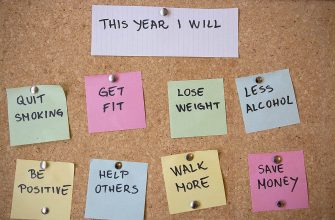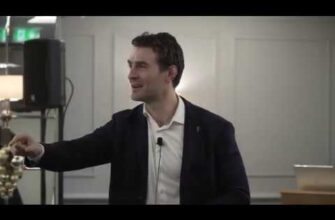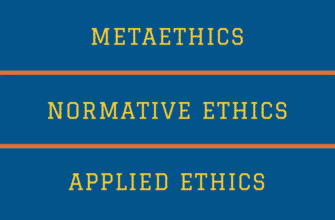We are all tired of hearing co-workers say, “that’s how we’ve always done it,” but how many of us adhere to this idea even though we reject saying the phrase? Why do you hold department meetings on Monday mornings? Why do you give performance reviews at the end of the year? These everyday practices that have become routine need to be re-examined. For that, let’s call in the Mythbusters.
The Mythbusters is a wildly popular show on the Discovery channel. The show’s hosts, Adam Savage and Jamie Hyneman, use scientific method to test the rationale behind commonly held myths, rumors, and adages. For instance, they might test whether you can drive a truck that has square wheels. Or what happens when you shoot a bullet at a frying pan. Leaders need to ask themselves a similar type of “What if?”
In the workplace, too often we rely on unproven hypotheses to make decisions. We would benefit from running more experiments to determine the most effective and efficient ways to lead. From a safety perspective, I’m not suggesting you conduct experiments using the Mythbusters’ fondness for explosives. There are less destructive acts to be investigated. What were to happen if you changed your morning routine? Are you relying on the same interview questions for every candidate? The experiments are endless.
To run your experiments, use the same scientific method the Mythbusters and every other credible scientist have used for that last few centuries:
Ask a Question – Since this is new to you, begin by giving yourself some time at the end of today to analyze everything you did since arriving at work this morning. Ask yourself why you did each task. Is there a reason you did it when you did? This builds on the importance of contemplation that I’ve written about but adds an action item – making changes.
Do Background Research – Your experiment may end at this step. Research can show that there is a valid reason for doing what you do. If it’s not conclusive or if it cannot be supported with facts, research continues.
Construct a Hypothesis – You do not want to start an experiment without a stated goal or expectation. Otherwise, what are you proving? The idea is not to throw a bunch of ideas at the wall to see what sticks; it’s to make substantive improvements. Decide what you are trying to do and keep an open mind that your hypothesis may be wrong.
Conduct the Experiment – Test your hypothesis.
Analyze Your Data – After running a few trials, what does the research show? Was your hypothesis correct? Do you need to tweak the experiment and re-run it?
Conclude the Experiment – Based on your research and experiment, what did you learn? How will this effect the way you lead?
You are probably already running experiments without knowing it. You practice presentations to make them better. You try doing things differently when they don’t initially work. By purposely running an experiment, you will be able to make improvements that you weren’t previously aware of needing to be improved. It’s proactive, strategic, and less costly than waiting for something to break. And if you can incorporate a Mythbuster-style grenade launcher, even better.







